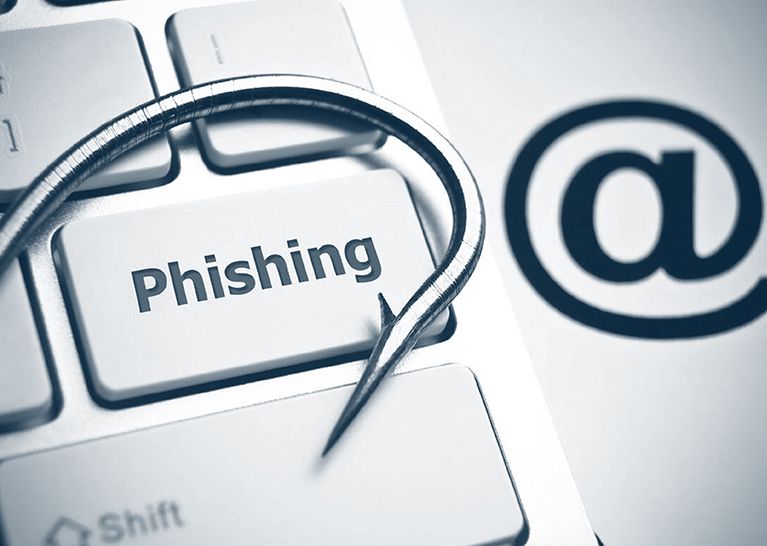Phishing attacks have become a prevalent and deceptive method used by cybercriminals to exploit individuals in the digital realm. These attacks rely on social engineering techniques to trick people into revealing sensitive information. In this blog, we will explore the world of phishing attacks, discuss how to identify them, and provide effective strategies for preventing social engineering.
What is a Phishing Attack?
Phishing attacks involve the use of deceptive emails, messages, or websites to manipulate individuals into compromising their security. Hackers impersonate reputable organizations or individuals, exploiting trust to trick victims into revealing confidential data or downloading malicious software.
Identifying Phishing Attacks
Recognizing the signs of a phishing attack is crucial to protect yourself from falling victim. Here are some common red flags to watch out for:
Suspicious Email or Message Content
Pay attention to emails or messages that seem unusual, contain spelling or grammar mistakes, or request urgent action without proper context.
Misleading URLs
Hover over hyperlinks to check if they lead to legitimate websites. Phishers often use misleading URLs that imitate trusted domains but redirect users to fraudulent sites.
Urgency and Fear Tactics
Phishing attacks frequently employ a sense of urgency or fear to prompt immediate action. Be cautious of emails claiming your account will be closed, your data has been compromised, or your financial status is at risk.
Unexpected Attachments or Requests for Information
Exercise caution when encountering unexpected attachments or requests for personal information, passwords, or financial details. Legitimate organizations rarely ask for such information via email.
Preventing Social Engineering Attacks
Mitigating the risks posed by phishing attacks requires a combination of awareness and proactive measures. Here are some preventive strategies to consider:
Stay Informed and Educate Others
Keep yourself updated on the latest phishing techniques and educate your colleagues, friends, and family members about the risks. Regularly train them to recognize phishing attempts and report suspicious activities.
Implement Multi-Factor Authentication (MFA)
Enable MFA wherever possible. This adds an extra layer of security by requiring users to provide additional verification, such as a unique code sent to their mobile device, in addition to their password.
Practice Safe Browsing Habits
Be cautious when clicking on links or downloading files from unknown sources. Verify the legitimacy of websites and only provide sensitive information on secure and encrypted platforms.
Regularly Update Software
Keep your operating system, antivirus software, and applications up to date. Updates often include security patches that address vulnerabilities exploited by phishers.
Conclusion
Phishing attacks continue to pose a significant threat in the digital landscape. By understanding how to identify these attacks and implementing preventive measures, you can significantly reduce the risk of falling victim to social engineering. Stay vigilant, educate yourself and others, and practice safe online habits to safeguard your personal and sensitive information from phishing attacks.
Also Read: How to Protect Your Business from Phishing Schemes






